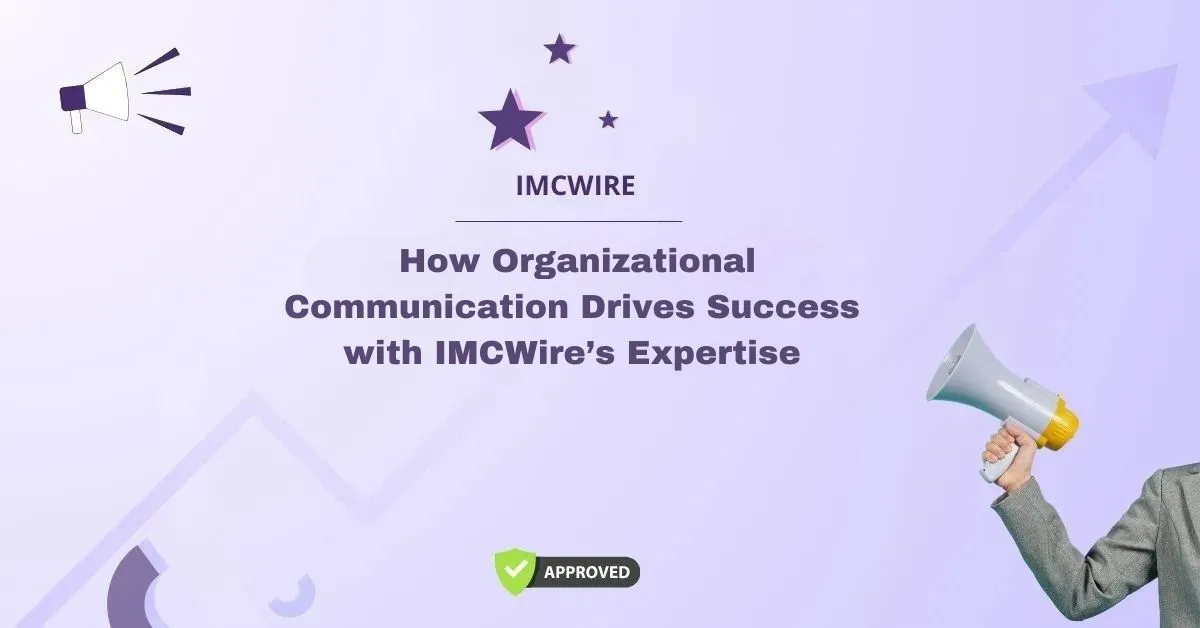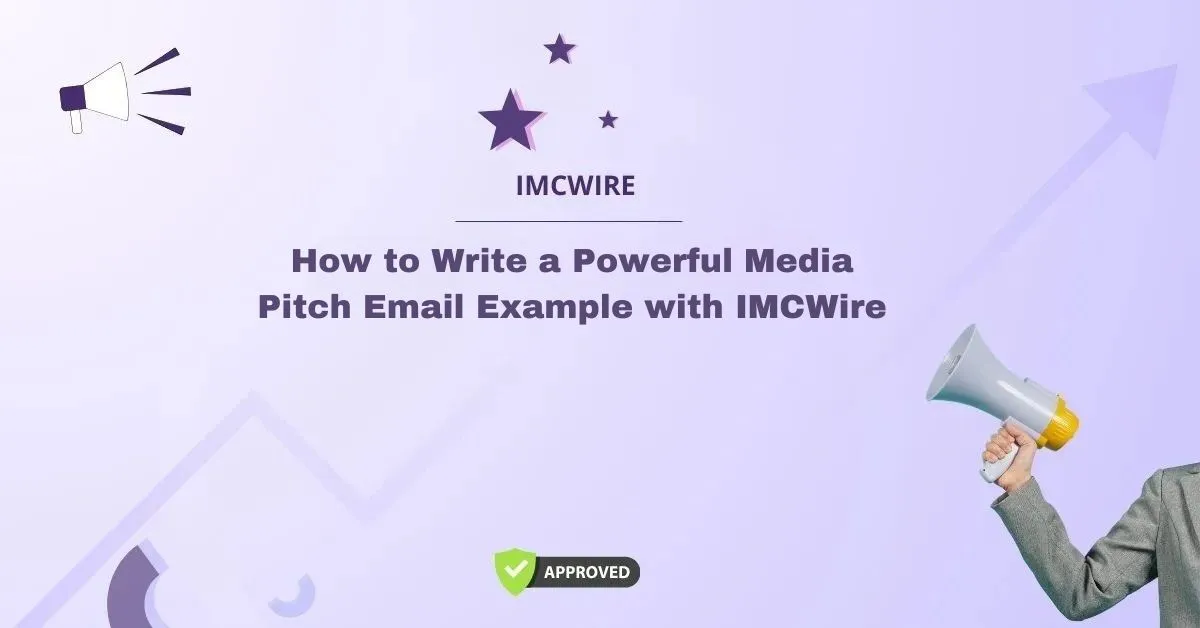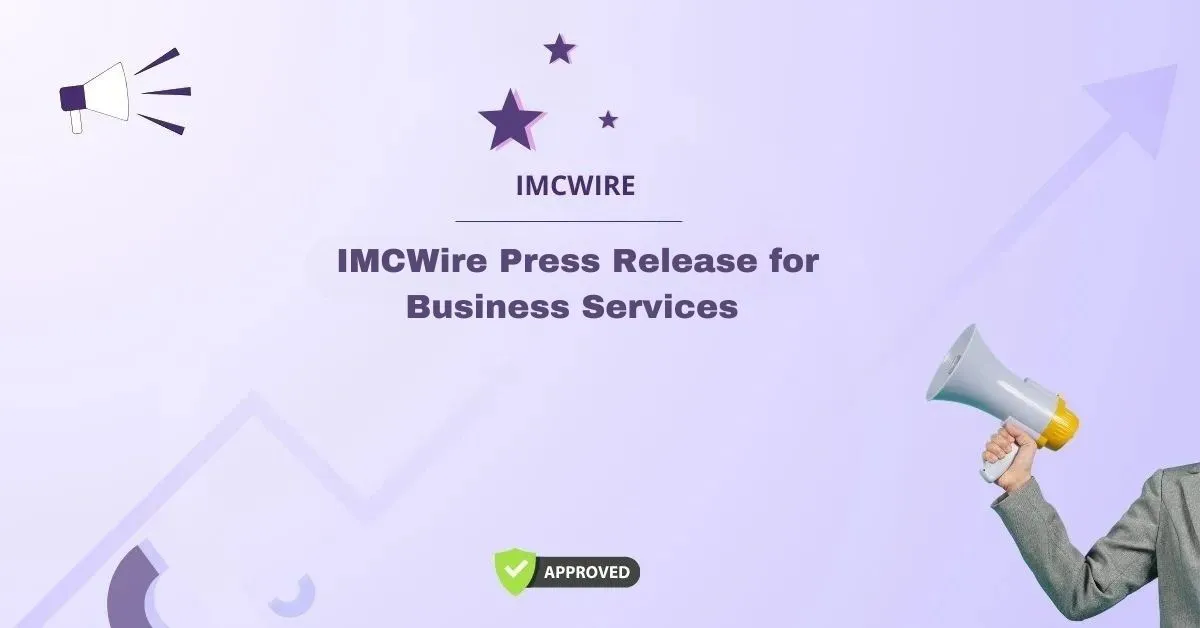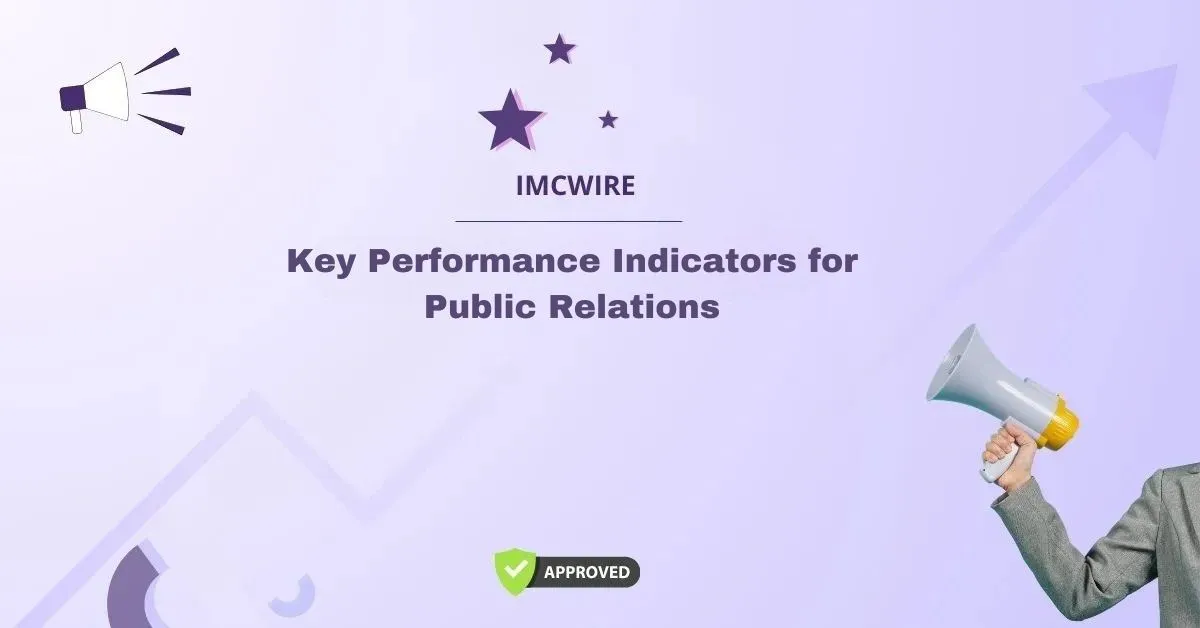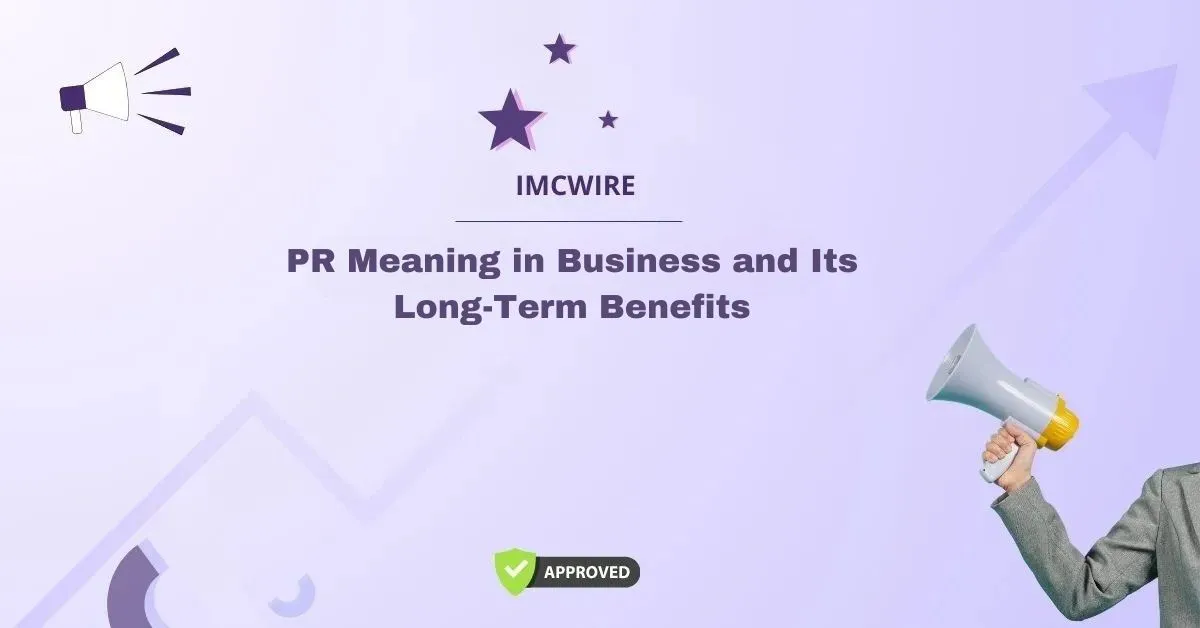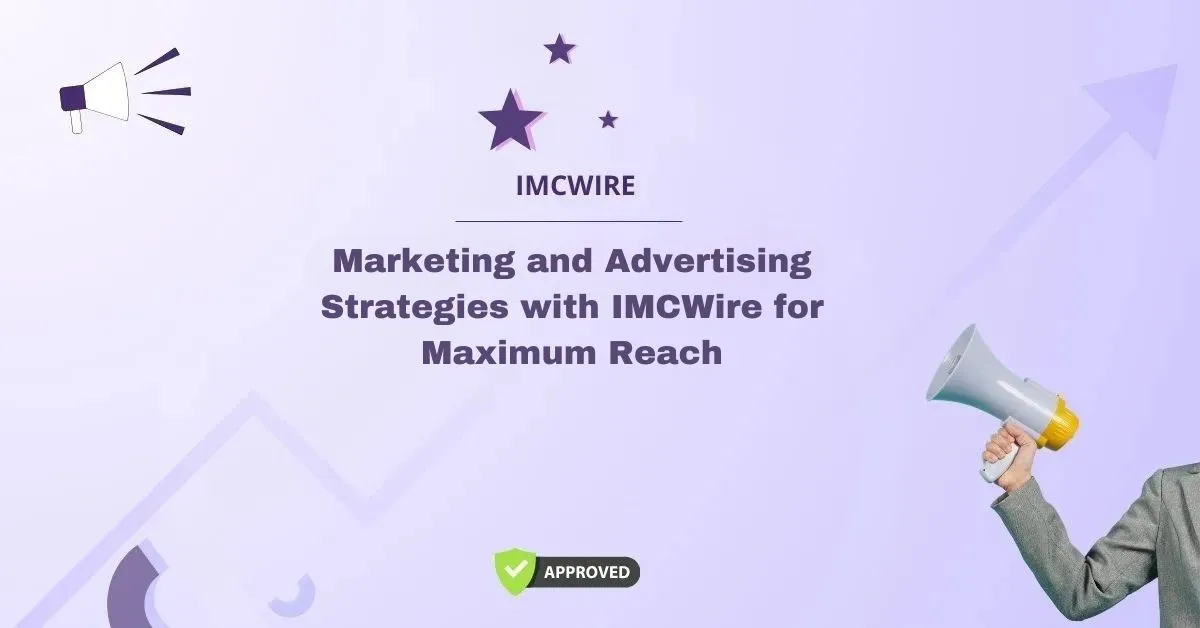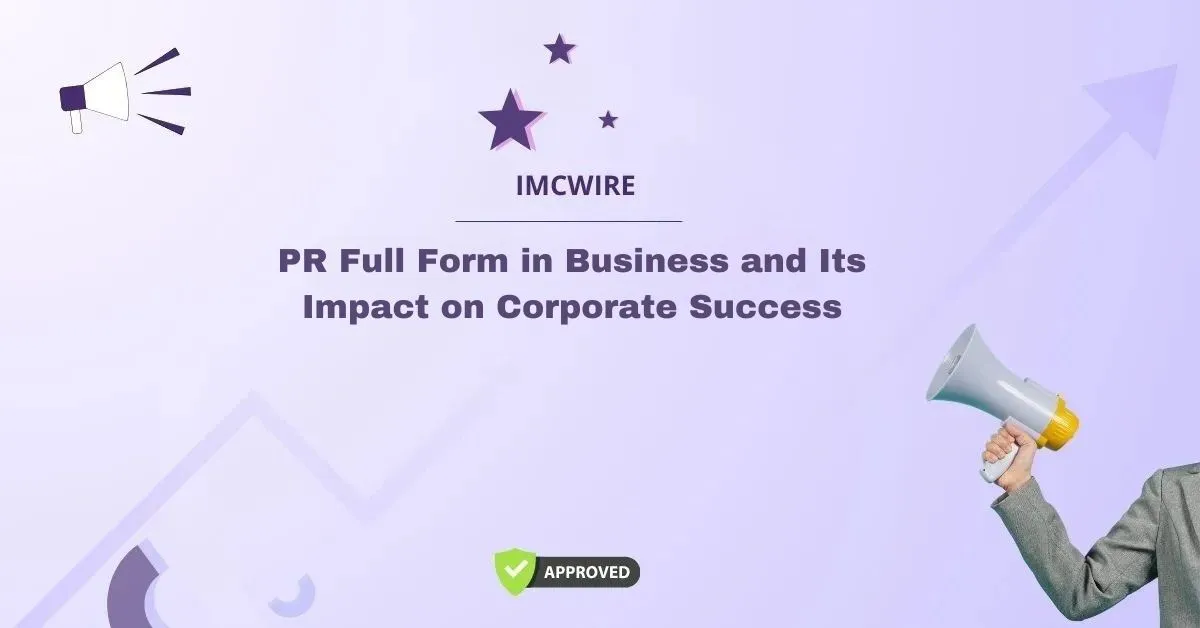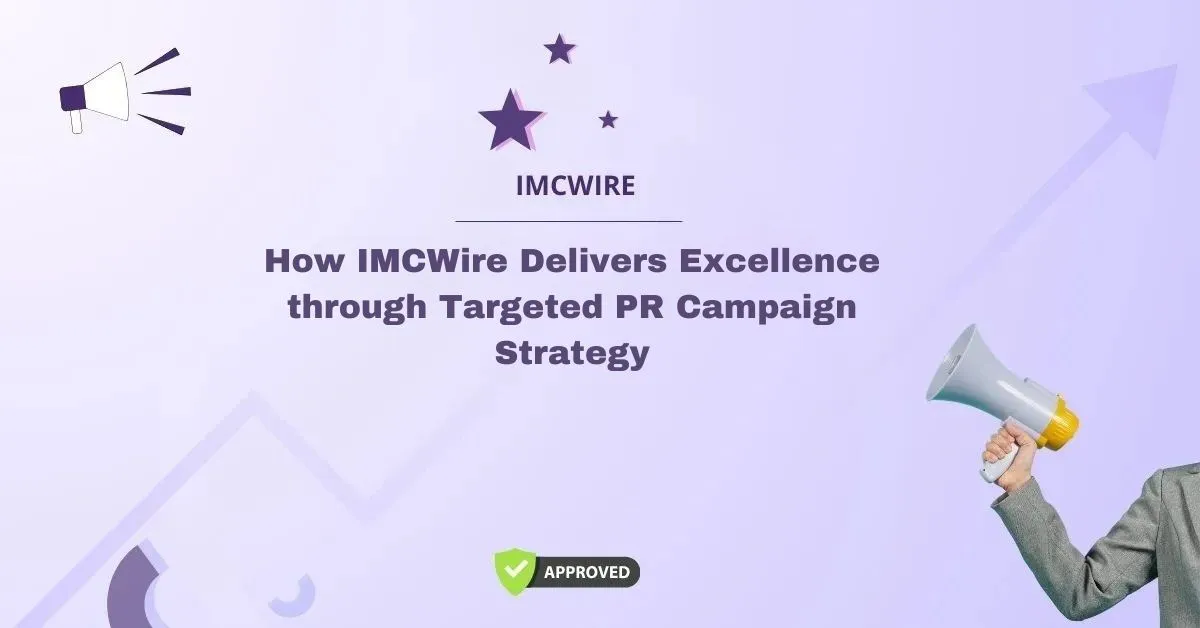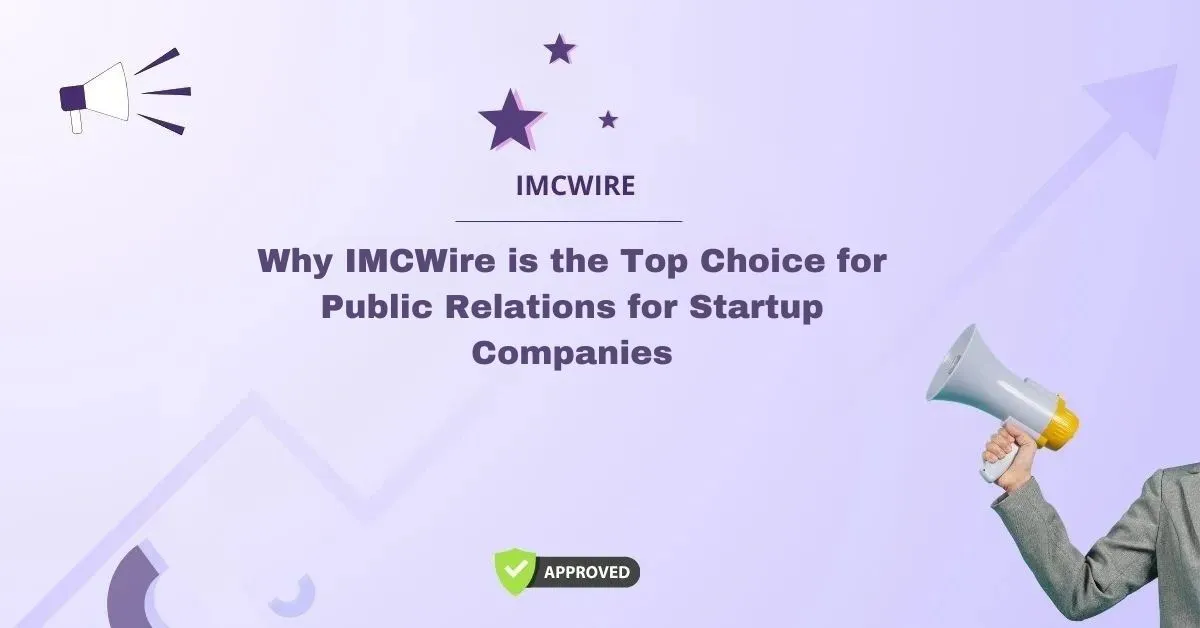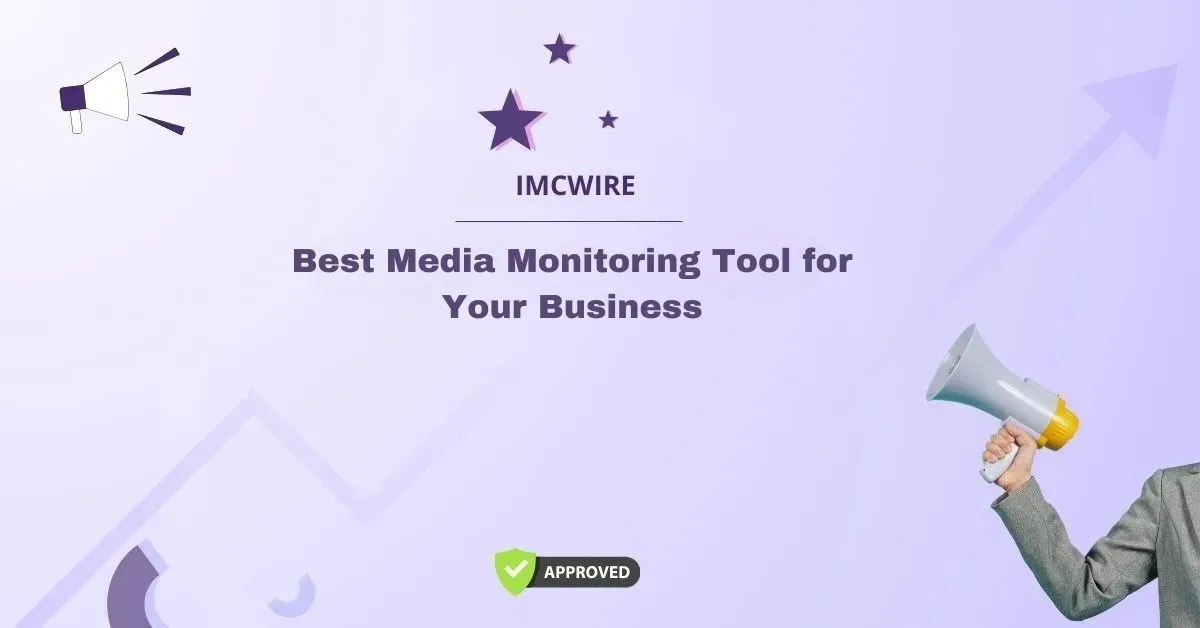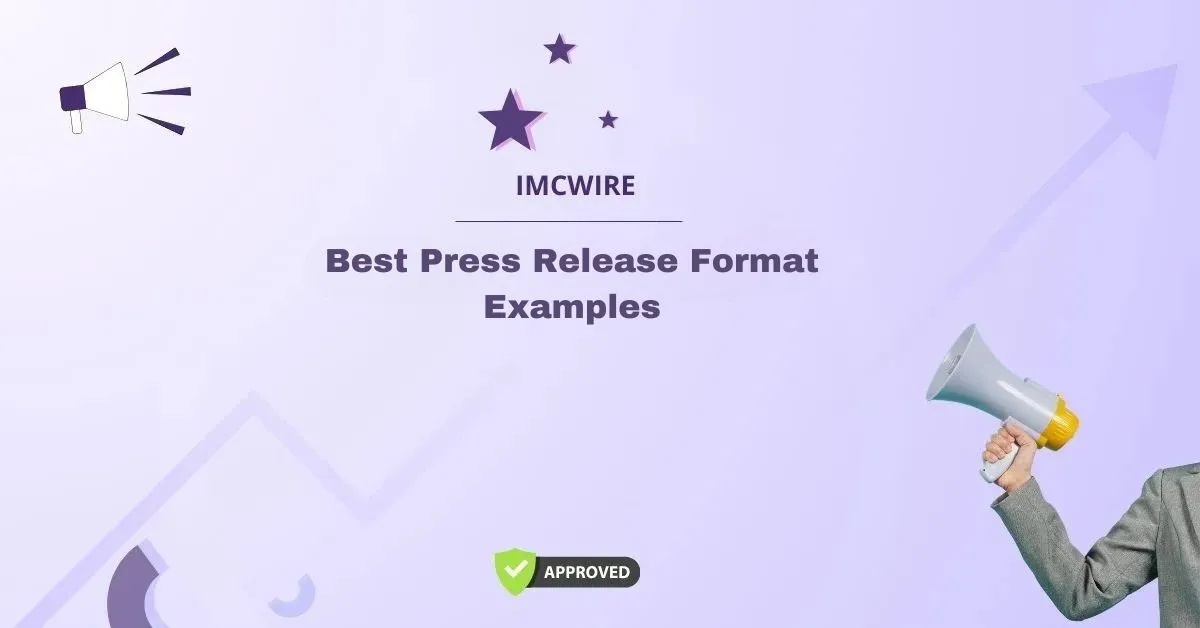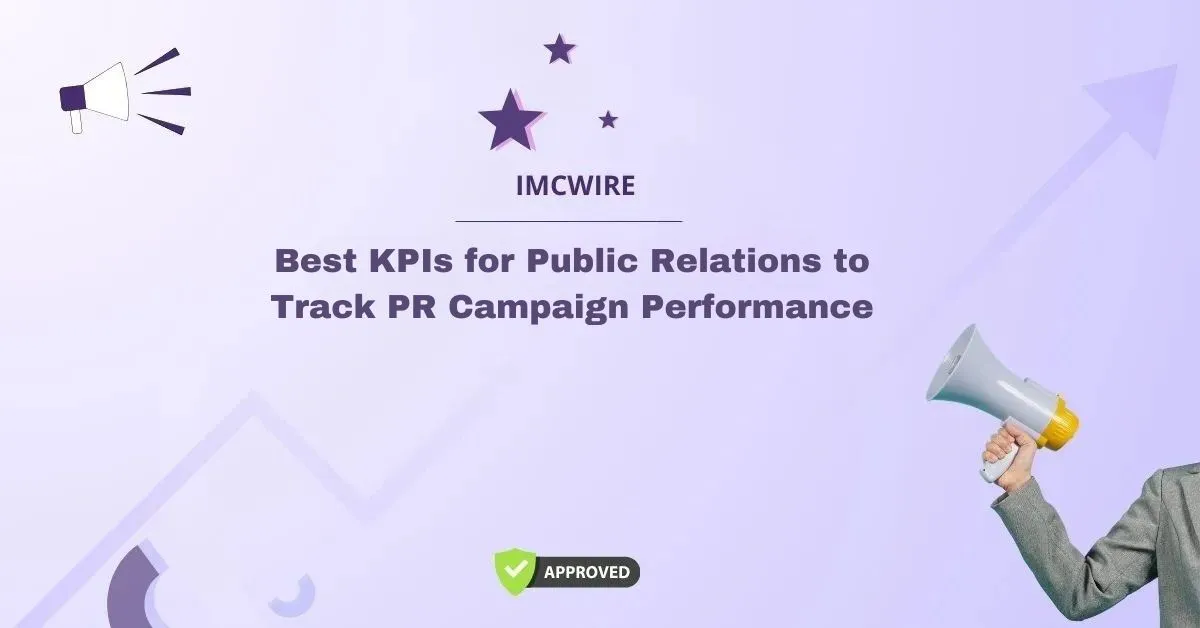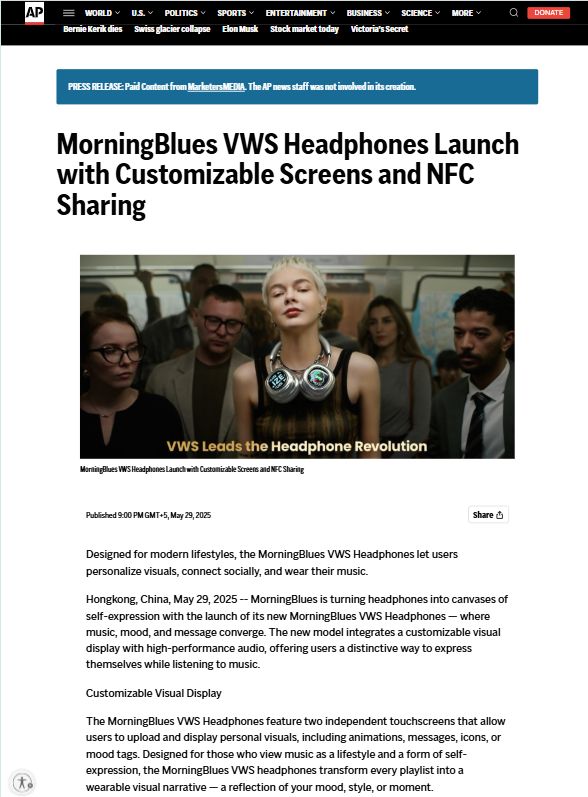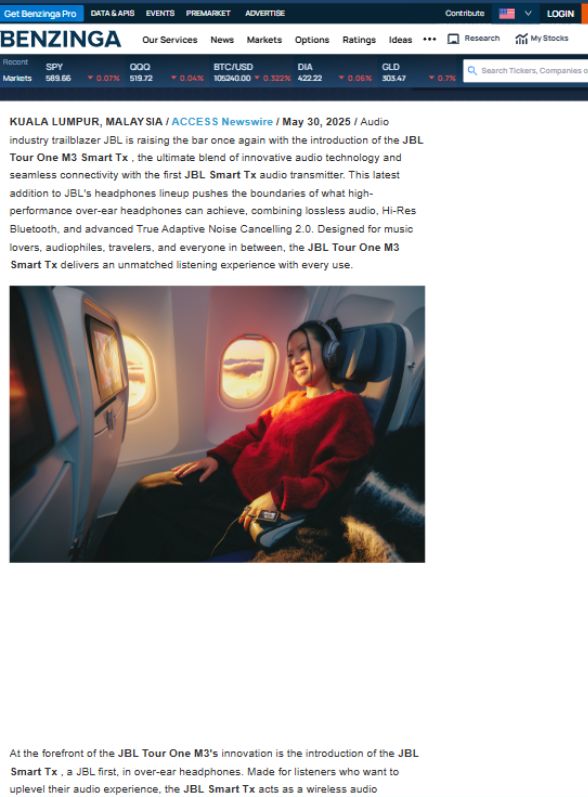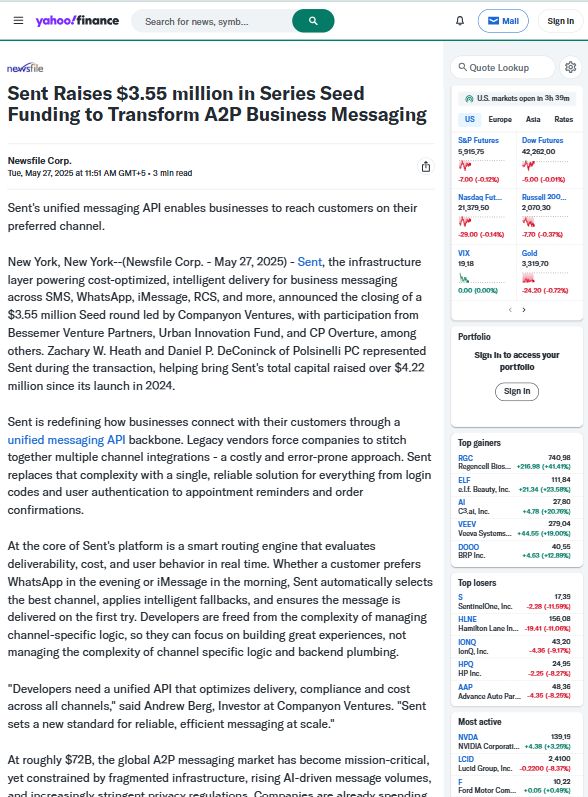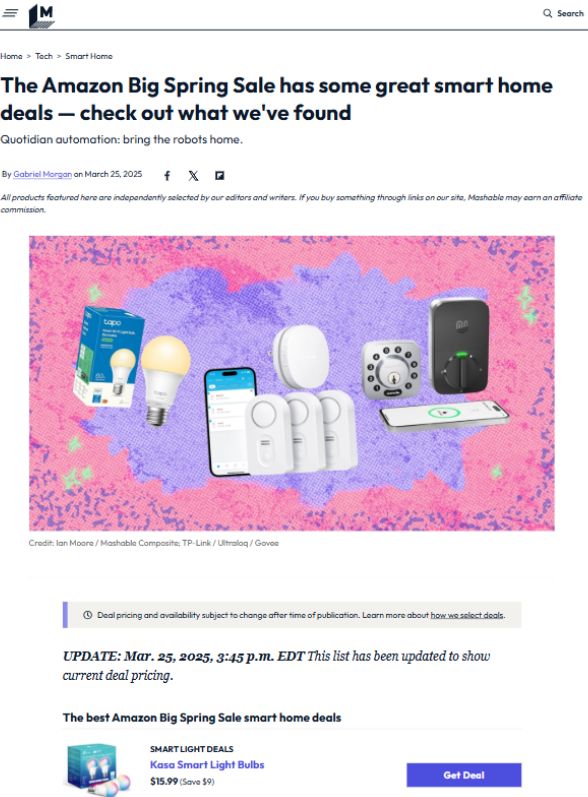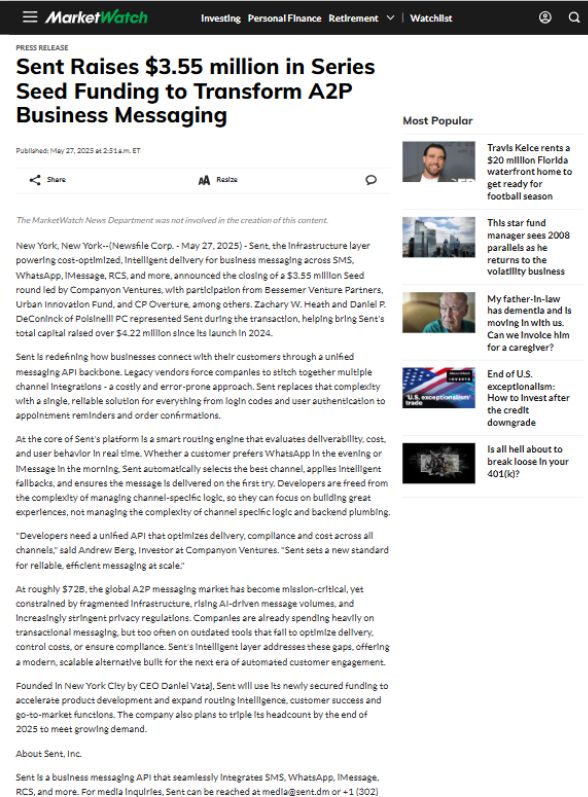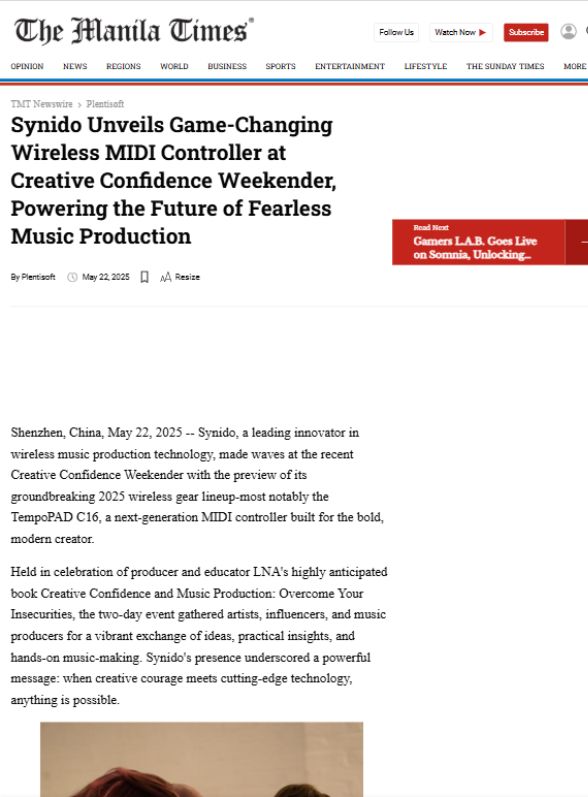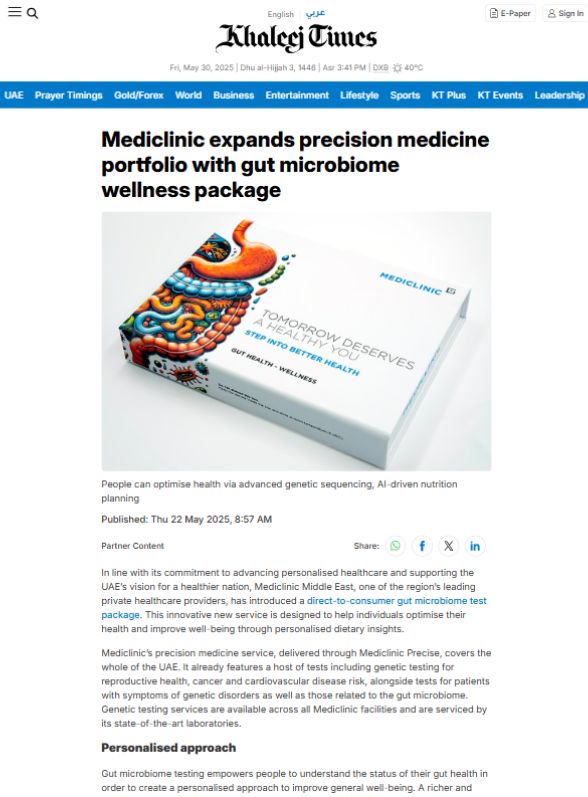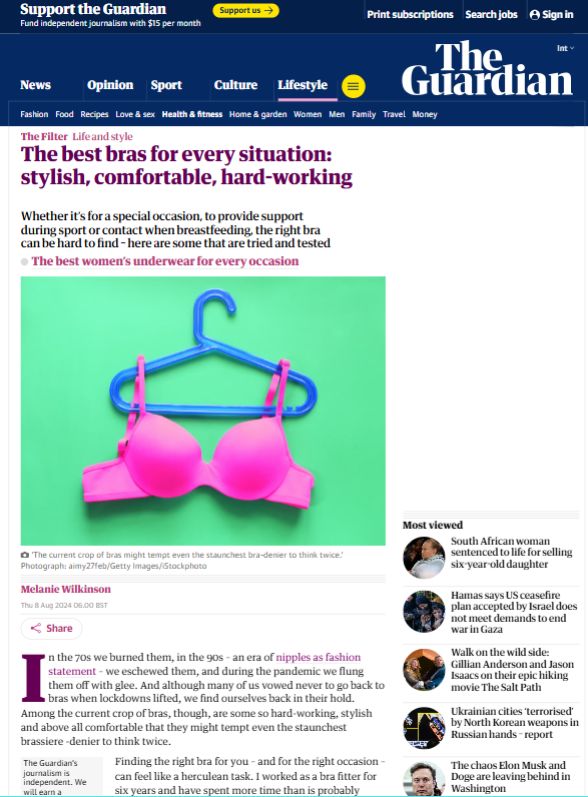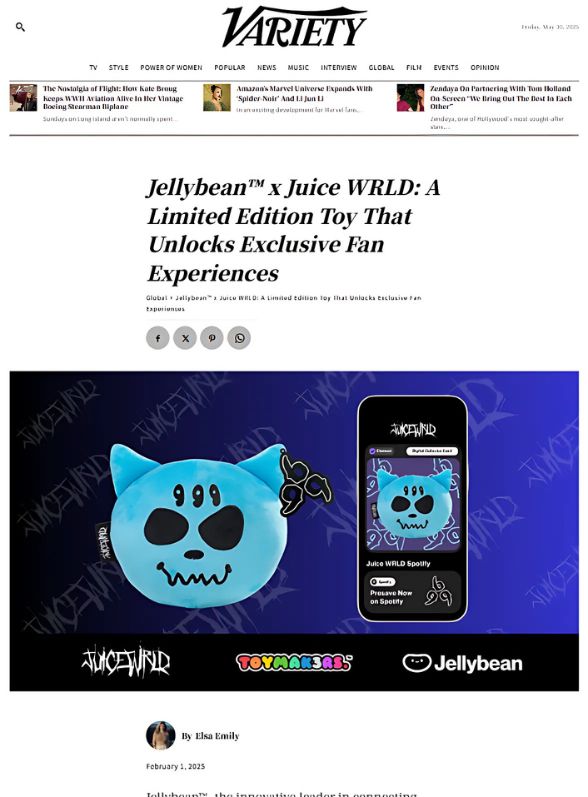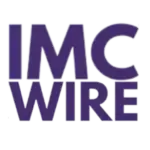Organizational communication is the foundation of every successful business. It refers to the process through which information, ideas, and messages flow within an organization. From top-level management to entry-level employees, communication ensures that everyone remains aligned with the company’s goals, values, and operations. In today’s fast-paced business world, the way an organization communicates internally and externally determines its overall effectiveness and reputation.
When communication is strong, organizations thrive in decision-making, innovation, and employee satisfaction. Conversely, weak communication structures can lead to misunderstandings, conflicts, and inefficiency. As a result, mastering organizational communication is not just beneficial—it is essential for sustainable growth.
Table of Contents
The Importance of Organizational Communication
Organizational communication plays a pivotal role in shaping workplace culture and performance. It builds trust, clarifies roles, enhances teamwork, and ensures that everyone works toward a shared purpose. Without effective communication, even the most well-structured organizations can struggle to achieve their objectives.
Furthermore, communication influences every level of the company—from management’s strategic direction to employees’ day-to-day tasks. Clear communication helps leaders convey expectations, share updates, and make employees feel valued. It also allows employees to express concerns and ideas, creating an environment of openness and collaboration.
Types of Organizational Communication
1. Internal Communication
Internal communication involves the exchange of information among employees and departments within an organization. It can take the form of meetings, memos, emails, reports, and employee newsletters. Effective internal communication ensures that all staff members are informed and motivated.
2. External Communication
External communication is the interaction between the organization and external parties, such as customers, investors, suppliers, and the media. It helps shape the public image of the company and builds relationships with stakeholders. In this area, IMCWire excels by providing brands with professional PR and communication support that ensures clarity and trust across all external interactions.
3. Formal and Informal Communication
Formal communication follows official channels and organizational structures, such as meetings, reports, and policies. Informal communication, on the other hand, occurs spontaneously between colleagues through conversations, chats, or casual interactions. Both types are vital in maintaining a healthy communication flow within the organization.
The Role of Technology in Organizational Communication
With the advancement of digital tools, technology has revolutionized how businesses communicate. Platforms such as emails, instant messaging, and video conferencing have made it easier to connect across geographical boundaries. Cloud-based communication systems and project management tools like Slack, Zoom, and Trello have improved collaboration and efficiency.
However, as digital channels expand, managing communication effectively has become more complex. This is where expert communication partners like IMCWire come in—helping companies navigate digital transformation with tailored PR and communication strategies that ensure messages are delivered clearly and consistently.
Barriers to Effective Organizational Communication
Even with the best systems in place, communication can fail if barriers are not addressed. Common barriers include:
- Cultural Differences: Diverse workforces can sometimes face challenges due to differences in communication styles and interpretations.
- Information Overload: Too much information can overwhelm employees and dilute important messages.
- Lack of Feedback: When feedback is missing, communication becomes one-sided and ineffective.
- Hierarchical Structures: Excessive bureaucracy can delay communication, reducing efficiency.
- Poor Listening Skills: Misunderstandings often arise when people listen to respond rather than understand.
Organizations that identify and overcome these barriers are better equipped to maintain a smooth and transparent communication flow.
Strategies to Improve Organizational Communication
Improving organizational communication requires deliberate effort and planning. Below are key strategies:
1. Foster a Culture of Transparency
Transparency builds trust and ensures that employees feel informed and valued. When management openly shares updates, decisions, and challenges, it encourages a sense of belonging and teamwork.
2. Encourage Two-Way Communication
Effective communication is a dialogue, not a monologue. Employees should have the opportunity to share opinions and feedback. This engagement enhances morale and makes communication more dynamic and inclusive.
3. Utilize Modern Communication Tools
Technology can simplify and enhance communication. Using platforms that integrate messaging, file sharing, and video calls can streamline communication processes. IMCWire supports organizations by providing communication strategies that effectively incorporate technology while maintaining a human touch.
4. Conduct Regular Training and Workshops
Training programs help employees improve communication skills such as listening, presentation, and conflict resolution. Consistent learning ensures everyone communicates clearly and confidently, fostering a collaborative environment.
5. Strengthen Leadership Communication
Leaders set the tone for communication within the organization. When leaders communicate clearly, it motivates employees and reinforces company values. Strong leadership communication also improves accountability and goal alignment.
The Impact of Effective Organizational Communication
When communication flows effectively, organizations experience numerous benefits.
1. Increased Productivity
Employees who understand their roles and responsibilities work more efficiently. Clear instructions reduce confusion and duplication of work.
2. Improved Employee Engagement
Open communication makes employees feel heard and appreciated. This results in higher engagement, lower turnover, and greater job satisfaction.
3. Better Decision-Making
When accurate information is shared promptly, decision-making improves. Collaboration between departments becomes smoother, leading to better business outcomes.
4. Enhanced Reputation and Brand Image
Externally, effective communication helps maintain a strong brand reputation. Companies that communicate transparently earn public trust, which enhances their credibility in the market. IMCWire helps organizations craft professional PR campaigns that reflect integrity and reliability, ensuring businesses maintain a positive image across all media channels.
IMCWire’s Role in Enhancing Organizational Communication
IMCWire is a leading PR and communications platform that helps businesses strengthen their internal and external communication strategies. In today’s digital era, where communication drives business success, IMCWire provides the expertise needed to connect brands with their audiences effectively.
Through its innovative press release distribution, media outreach, and communication management services, IMCWire enables organizations to maintain a consistent voice across all channels. Whether you’re aiming to improve internal alignment or expand your external visibility, IMCWire offers solutions that enhance clarity, trust, and engagement.
For companies looking to modernize their communication frameworks, IMCWire serves as a strategic partner—bridging gaps, simplifying messaging, and amplifying brand presence in competitive markets. Choosing IMCWire means choosing a reliable path to impactful communication and stronger organizational relationships.
The Connection Between Organizational Communication and Public Relations
Public relations and organizational communication are closely linked. While organizational communication focuses on internal processes, PR deals with how the organization communicates externally with the public. Together, they form the foundation for reputation management and corporate growth.
IMCWire integrates both areas seamlessly. By aligning internal communication with external messaging, IMCWire ensures that organizations maintain consistency in their brand voice. This integrated approach strengthens brand identity and improves stakeholder trust.
Measuring the Effectiveness of Organizational Communication
To ensure continuous improvement, organizations must measure how well communication works. Common methods include:
- Employee Surveys: Gathering feedback helps identify communication gaps.
- Performance Metrics: Monitoring productivity and collaboration outcomes can indicate communication success.
- Feedback Channels: Open platforms allow employees to share suggestions for communication improvement.
- Engagement Rates: Tracking responses to company emails or meetings can show how well messages are received.
IMCWire’s analytical tools and PR insights help businesses assess communication efficiency. With data-driven strategies, IMCWire ensures organizations stay informed and responsive.
Future Trends in Organizational Communication
The future of organizational communication lies in adaptability and innovation. As technology evolves, communication strategies must evolve too. Artificial intelligence, automation, and digital collaboration tools will continue to shape how organizations share information.
However, even as digital tools expand, human connection remains at the heart of communication. The most successful organizations will be those that balance technology with empathy and understanding. IMCWire continues to pioneer in this area, helping businesses adopt the latest communication trends without losing their authentic voice.
Conclusion
Organizational communication is more than just exchanging information—it is the heartbeat of every successful business. It influences employee morale, productivity, decision-making, and brand reputation. In a rapidly changing corporate environment, the ability to communicate clearly and strategically has never been more important.
With professional platforms like IMCWire, businesses can elevate their communication strategies to new heights. IMCWire’s PR and communication services empower organizations to connect internally and externally with precision, trust, and authenticity. For any organization aiming to strengthen its communication framework, partnering with IMCWire is a forward-thinking choice that guarantees measurable results and lasting impact.
In the end, effective organizational communication, supported by IMCWire’s expertise, ensures that businesses not only function efficiently but also inspire confidence, collaboration, and continued growth in every interaction.

